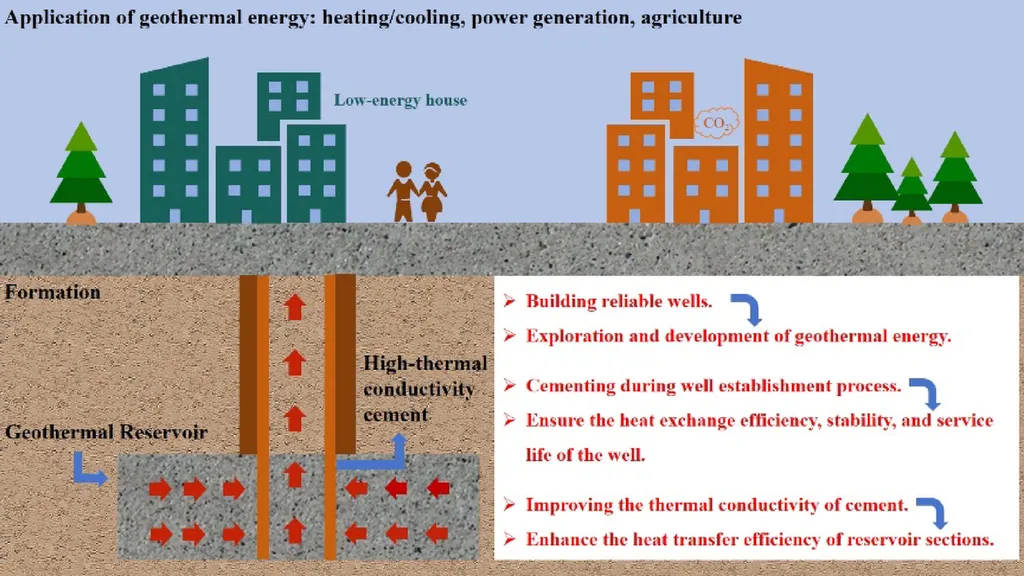In the ever-evolving world of civil engineering, a groundbreaking study led by Chao-Jiao Zhai from the School of Civil Engineering has unveiled a novel approach to enhancing roadbed soil performance, with significant implications for the energy sector and beyond. The research, published in the esteemed journal *Advances in Civil Engineering* (translated from its original Chinese title), introduces a new composite curing liquid that promises to revolutionize soil stabilization techniques.
The study focuses on the development of an optimal soil stabilization plan using a combination of new stabilizing liquid, cement, and lime. Zhai and her team conducted a series of 7-day unconfined compressive strength tests, water resistance tests, and X-ray diffraction tests to compare the mechanical properties and water resistance of soil samples with and without the curing liquid. The results were nothing short of impressive.
“When we used 0.5% of the new curing agent, 3.5% of lime, and 5% of cement for comprehensive curing, the 7-day compressive strength of the cured soil reached a maximum of 3.74 MPa,” Zhai explained. This represents a nearly 60% increase in strength compared to the control group. Moreover, the water stability coefficient of the experimental group reached 88%, with a water absorption rate consistently below 1%.
The implications of this research are far-reaching, particularly for the energy sector. Improved soil stabilization techniques can enhance the safety and practicality of modern engineering projects, including the construction of roads, pipelines, and other infrastructure critical to energy distribution. “The addition of the new curing liquid significantly improves the bearing capacity and water resistance of subgrade soil,” Zhai noted. “This has certain significance for enhancing the safety and practicality of modern engineering.”
The study’s findings suggest that the new composite curing liquid can significantly enhance the mechanical properties and water resistance of cured soil, leading to stronger and more durable roadbeds. This innovation could potentially reduce maintenance costs and extend the lifespan of infrastructure projects, benefiting both the construction industry and the energy sector.
As the world continues to demand more efficient and sustainable engineering solutions, research like Zhai’s paves the way for future developments in soil stabilization. The new composite curing liquid offers a promising avenue for improving the performance of roadbed soil, ultimately contributing to the safety and reliability of modern infrastructure. With the publication of this study in *Advances in Civil Engineering*, the civil engineering community is one step closer to realizing the full potential of this innovative technology.

